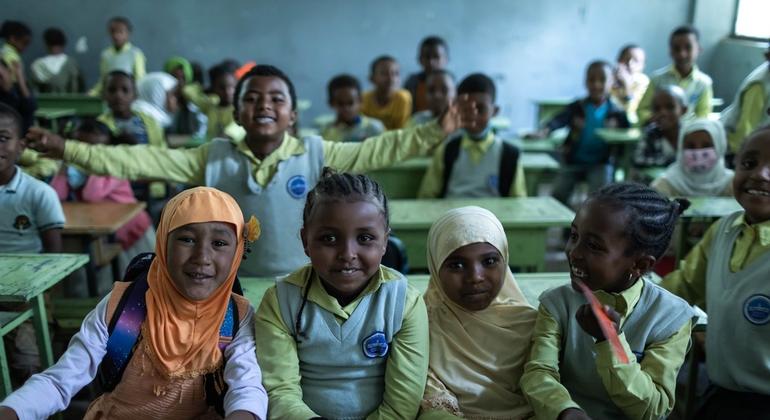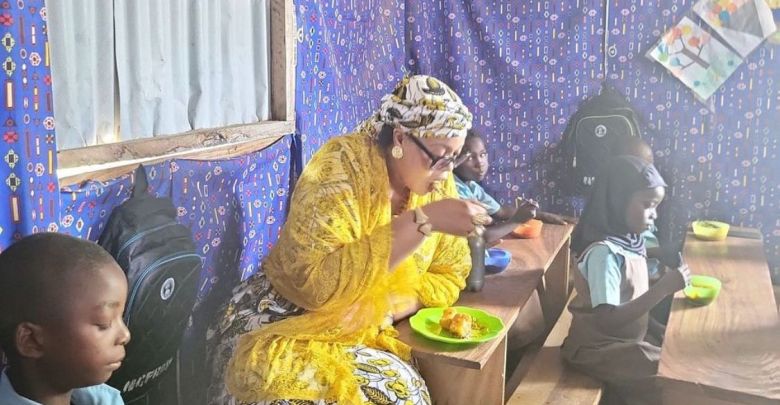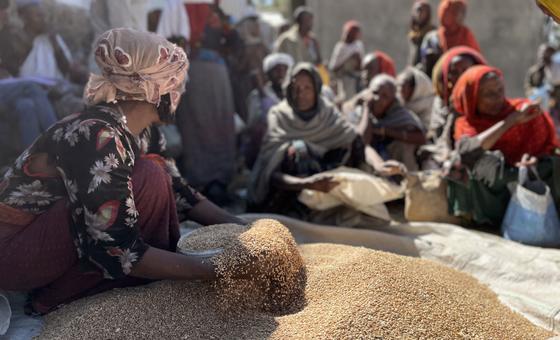The paper Can countries afford their national SDG4 benchmarks? by the Global Education Monitoring (GEM) Report of the UN Educational, Scientific and Cultural Organization (UNESCO) was written as input for the spring meetings of the World Bank and the International Monetary Fund (IMF).
It focused on Goal 4 of the 2030 Agenda for Sustainable Development, which aims at ensuring inclusive and equitable quality education and promoting lifelong learning opportunities for all.
Findings showed that the education sector will need an injection of funds if countries are to meet their targets.
New strategies needed
In addition to mobilizing additional resources, strategies are needed to increase the effectiveness of funding.
The largest financing gap is in sub-Saharan Africa: $70 billion per year. The region has the furthest distance to travel, with 20 per cent of primary school age children and almost 60 per cent of upper secondary school age youth not in school.
Around one third of the gap could be filled if donors fulfilled their aid commitments and prioritized basic education in the poorest countries, the report found.
Wanted: More teachers
Other key findings emphasize that costs include the need to triple the number of pre-primary teachers in low-income countries and double them in lower-middle income countries by 2030. The number of primary school teachers needs to increase by nearly 50 per cent in low-income countries.
While the full impact of COVID-19 pandemic disruptions remains unknown, the report found that costs also include making up for massive learning losses that exacerbated the pre-existing learning crisis. Only half of children and adolescents are now prepared for the future having completed their education and with minimum proficiency in reading.
Meanwhile, two thirds of low and lower-middle-income countries had cut their public education spending in the first year following the onset of the pandemic in 2020.

Fourth-grade students attend class at their new school, which was rebuilt after it was destroyed by fighting in the Kasai-Oriental province of DR Congo.




